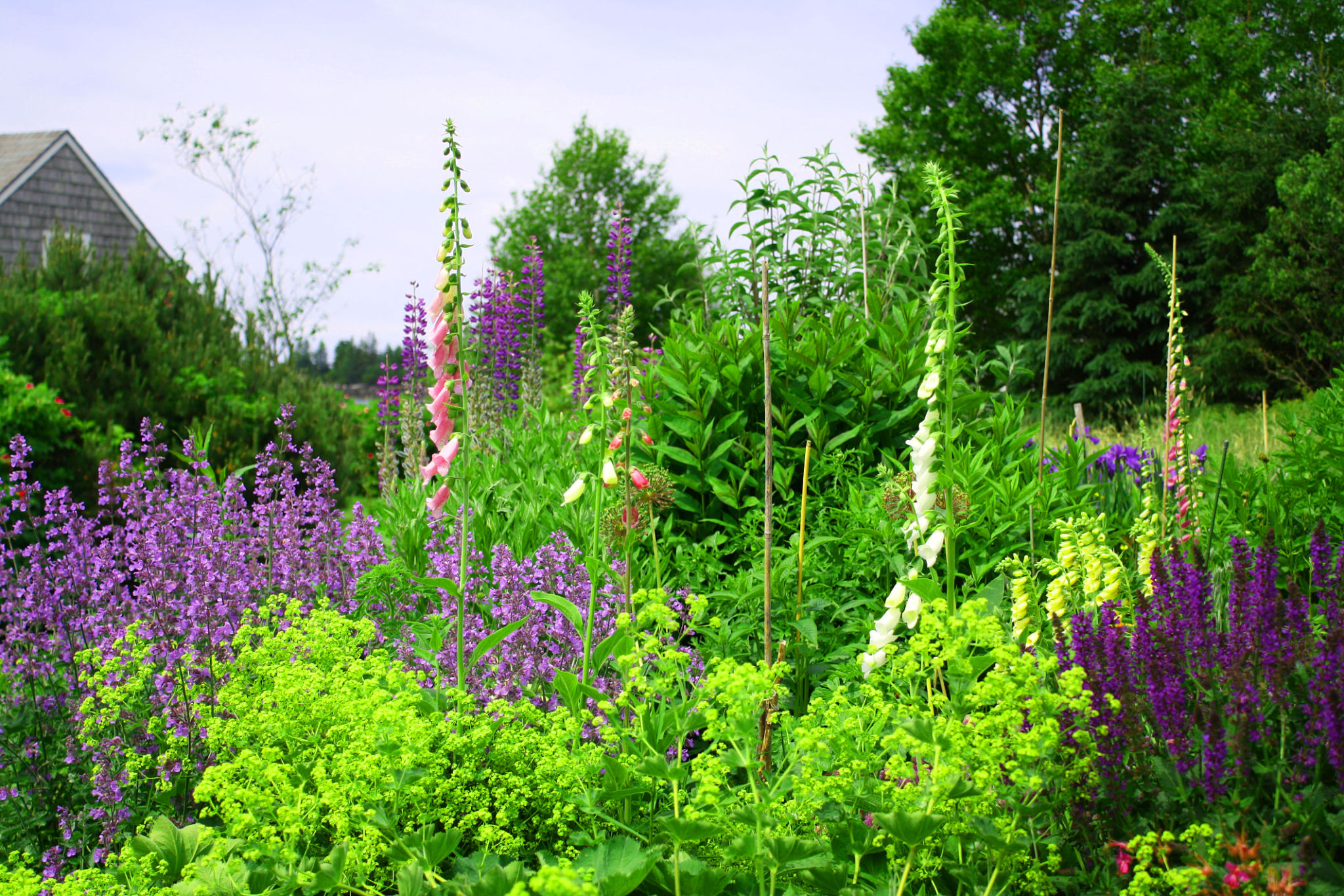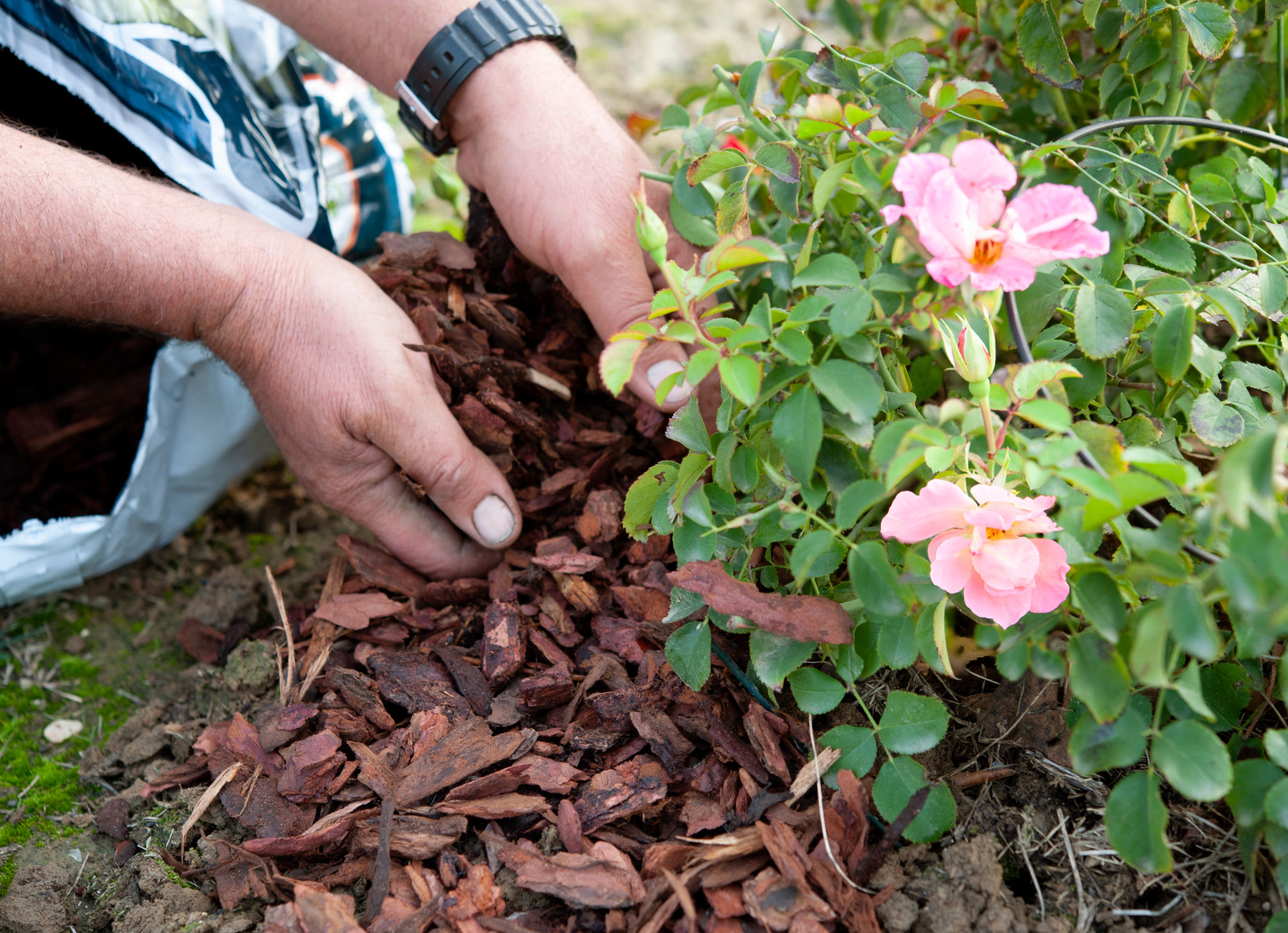Debunking Common Landscaping Myths: What You Need to Know
Myth 1: Landscaping Is Only for Aesthetic Purposes
One of the most common misconceptions about landscaping is that it is solely for making a property look beautiful. While aesthetics play a significant role, landscaping offers a wide range of other benefits. Properly designed landscapes can contribute to environmental sustainability by reducing soil erosion, improving air quality, and providing habitats for wildlife.

Landscapes also have a practical impact on your home’s value. Research has shown that well-maintained landscaping can increase property value by up to 20%. Additionally, strategic landscaping can reduce energy costs by providing shade that cools your home in the summer and windbreaks that shield it in the winter.
Myth 2: Native Plants Don't Need Maintenance
Many people believe that once native plants are established, they require no maintenance at all. While it's true that native plants are typically more suited to the local climate and soil conditions, they still need care to thrive. This includes regular watering, pruning, and protection from pests.

Native plants are an excellent choice for sustainable landscaping, but they should not be seen as a set-and-forget option. Regular attention is essential to ensure they remain healthy and vibrant. By investing in proper care, you can enjoy a robust and enduring landscape.
Myth 3: All Mulches Are Created Equal
Mulch is a crucial component of any landscape design, but not all mulches offer the same benefits. Organic mulches such as wood chips and bark are excellent for improving soil quality over time as they decompose. In contrast, inorganic mulches like gravel or rubber provide long-lasting coverage but do not contribute to soil nutrition.
When selecting mulch, consider the needs of your particular landscape. Organic options are ideal if you want to enrich the soil, while inorganic mulches are better suited for areas where maintenance is challenging or where a specific aesthetic is desired.

Myth 4: More Fertilizer Means Better Growth
It's a common belief that applying more fertilizer will result in faster or better plant growth. However, over-fertilizing can actually harm plants, leading to nutrient burn and soil contamination. The key is to provide the right amount of nutrients tailored to the specific needs of your plants.
Conducting a soil test can help determine the nutrient needs of your landscape. This allows you to apply fertilizers more effectively and avoid unnecessary waste. By using fertilizers judiciously, you promote healthy growth without harming the environment.
Myth 5: Landscaping Is Too Expensive
The perceived cost of landscaping often deters homeowners from investing in their outdoor spaces. However, landscaping can be tailored to fit a wide range of budgets. Simple projects like adding flower beds or installing a small water feature can significantly enhance your property without breaking the bank.

Moreover, professional landscapers can work with you to develop a phased plan, allowing you to gradually transform your space over time. This incremental approach not only spreads out costs but also ensures that each stage aligns with your overall vision for your landscape.
Conclusion: Embrace the Truth About Landscaping
By debunking these common landscaping myths, you can better understand the value and potential of your outdoor space. Landscaping is not just about aesthetics; it's about creating a functional and sustainable environment that enhances your quality of life.
Whether you're just starting out or looking to improve an existing landscape, knowing the facts allows you to make informed decisions. Embrace the truth about landscaping and unlock the full potential of your outdoor spaces.
